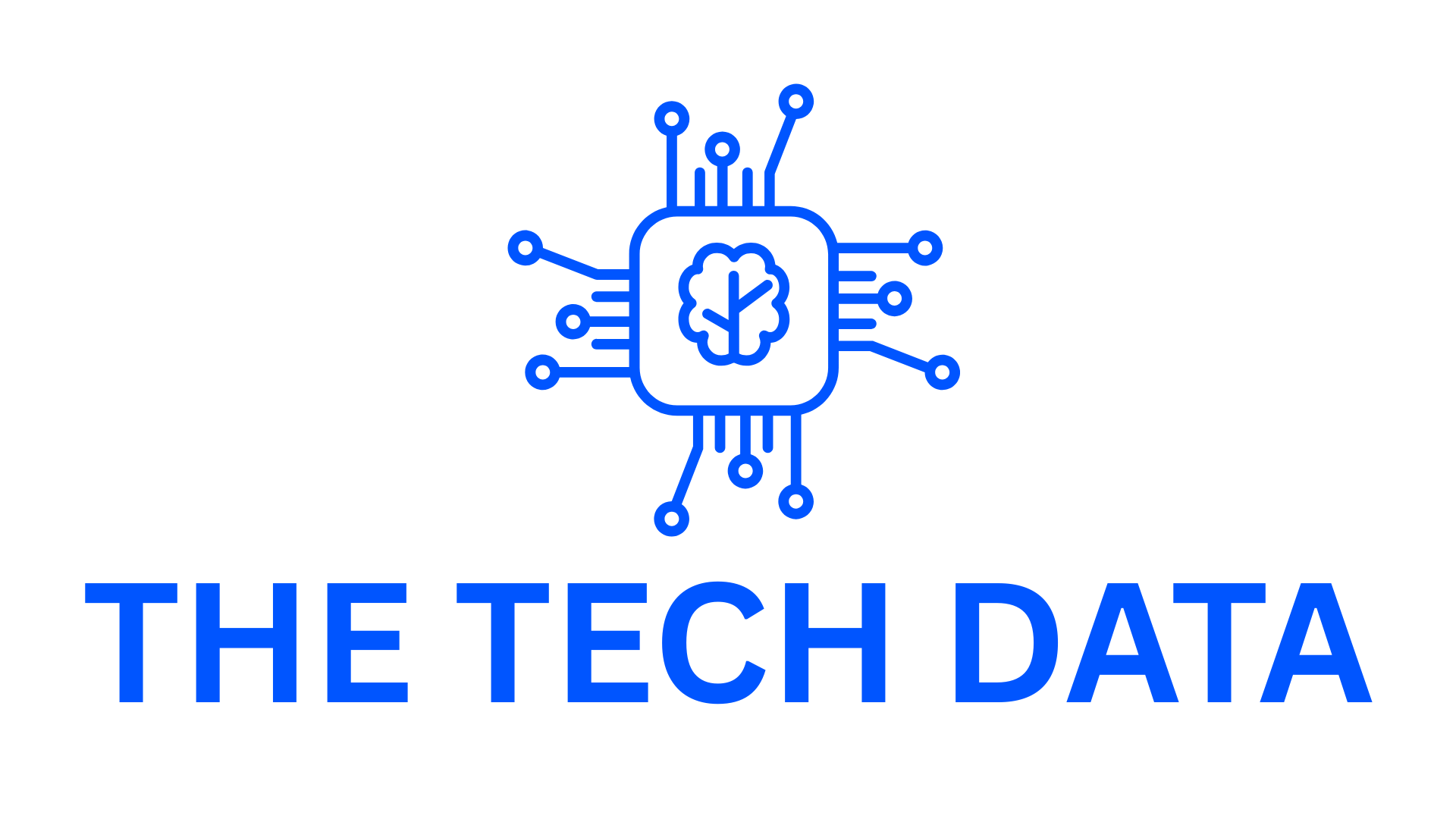How AI Factories Can Help Alleviate Grid Stress
As the demand for artificial intelligence (AI) workloads continues to surge, so does the strain on global power grids. Data centers, often referred to as “AI factories,” are energy-intensive facilities that require vast amounts of electricity to operate. In many regions, including major technology hubs in the U.S., there is a years-long wait for new AI factories to come online due to constraints in energy infrastructure. However, innovative solutions are emerging to address this challenge by making data centers more flexible and grid-responsive.
Emerald AI, a Washington, D.C.-based startup and member of NVIDIA’s Inception program, is at the forefront of this transformation. The company is developing software designed to control power usage during peak grid demand while ensuring that data centers continue to meet the performance requirements of AI workloads. This breakthrough could enable the next generation of AI factories to come online sooner by leveraging existing energy resources in a smarter, more strategic way.
The Problem: Inflexibility in Energy Consumption
Traditionally, power grids have treated data centers as inflexible consumers of energy. System operators assume that an AI factory requiring 500 megawatts of power will always need access to that full capacity. However, according to Varun Sivaram, founder and CEO of Emerald AI, this assumption no longer holds true. Modern AI workloads can be made flexible, allowing data centers to adapt their energy consumption based on grid conditions.
This flexibility is enabled by Emerald AI’s flagship product, the Emerald Conductor platform. This AI-powered system acts as a smart mediator between the grid and data centers, orchestrating workloads to optimize energy use without compromising performance. In a recent field test conducted in Phoenix, Arizona, Emerald AI demonstrated its capabilities by reducing the power consumption of AI workloads running on a cluster of 256 NVIDIA GPUs by 25% over three hours during a grid stress event—all while maintaining high-quality compute services.
Orchestrating Workloads for Grid Relief
The key to Emerald AI’s success lies in its ability to intelligently manage different types of AI workloads. Some tasks, such as training or fine-tuning large language models for academic research, can be paused or slowed down with minimal impact. Others, like real-time inference queries serving millions of users, cannot be rescheduled but may be redirected to less-stressed data centers.
Emerald Conductor coordinates these workloads across multiple data centers to meet grid demands. It ensures that time-sensitive tasks receive priority while dynamically scaling back flexible workloads within acceptable limits. This approach not only helps prevent rolling blackouts but also protects communities from rising utility rates and facilitates the integration of renewable energy sources into the grid.
“Renewable energy, which is intermittent and variable, is easier to add to a grid if that grid has lots of shock absorbers that can shift with changes in power supply,” said Ayse Coskun, Emerald AI’s chief scientist and a professor at Boston University. “Data centers can become some of those shock absorbers.”
Unlocking Hidden Capacity
Electric grids typically operate below full capacity except during peak events, such as hot summer days or cold winter storms when cooling and heating demands spike. By temporarily dialing down energy usage during these periods, new AI data centers can tap into unused grid capacity.
A Duke University study estimates that if AI data centers could flex their electricity consumption by just 25% for two hours at a time—less than 200 hours per year—they could unlock 100 gigawatts of new capacity. This equates to over $2 trillion in potential data center investments, significantly accelerating the deployment of AI factories.
Real-World Validation in Phoenix
Emerald AI recently validated its solution through a trial in the Oracle Cloud Phoenix Region, executed in collaboration with NVIDIA, Oracle Cloud Infrastructure (OCI), and the regional utility Salt River Project (SRP). The test involved a multi-rack cluster of NVIDIA GPUs managed through Databricks MosaicML.
On May 3, a scorching day in Phoenix with high air-conditioning demand, SRP’s grid experienced peak demand at 6 p.m. During the trial, the AI compute cluster reduced its power consumption gradually over 15 minutes, maintained a 25% reduction for three hours, and then ramped back up without exceeding its original baseline consumption. This achievement demonstrated how AI factories can provide meaningful relief to grid constraints.
“Compute infrastructure that is responsive to real-time grid conditions while meeting performance demands unlocks a new model for scaling AI—faster, greener, and more grid-aware,” said Pradeep Vincent, chief technical architect and senior vice president of OCI, which provided cluster power telemetry for the trial.
Jonathan Frankle, chief AI scientist at Databricks, highlighted the latent flexibility in AI workloads. “Often, a small percentage of jobs are truly non-preemptible, whereas many tasks such as training, batch inference, or fine-tuning have different priority levels depending on the user,” he explained.
A Blueprint for the Future
The implications of this innovation extend far beyond Phoenix. As the International Energy Agency projects that electricity demand from data centers could more than double by 2030, the need for flexible, grid-aware AI factories becomes increasingly urgent. States like Texas have already taken steps to address this issue, passing laws requiring data centers to reduce consumption or disconnect from the grid during load-shedding events.
Emerald AI’s solution offers a blueprint for an energy-resilient future. By transforming data centers into dynamic participants in the energy ecosystem, the company is paving the way for sustainable growth in the AI industry. With over $24 million in seed funding and partnerships with leading organizations, Emerald AI is poised to play a pivotal role in shaping the next generation of AI infrastructure.





